 |
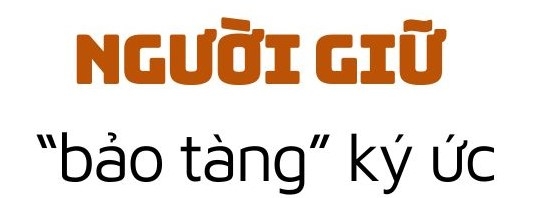 |
In the house of Major General Nguyen Van Trinh, in Dong Tien Ward (Pho Yen City), former Deputy Commander of Military Region 1, a soldier who went through the years of war, there is a very special space. That is the family tradition room, which he calls "a museum of memories of himself and his comrades"...
In the dusty attic, each worn-out military shirt, backpack, canteen, hammock, military equipment chest… was neatly arranged by him in each area, as if each item had its own soul and story. To him, it was a priceless treasure, the crystallization of a lifetime in the military.
Amidst the flow of life, he chose to slow down, so that the past would not be forgotten. Those souvenirs were not only collected during the war, but also collected from his comrades and relatives in the places where he was stationed. He said: "That is where my comrades and I relive the heroic years, a time of youth of soldiers yearning for peace."
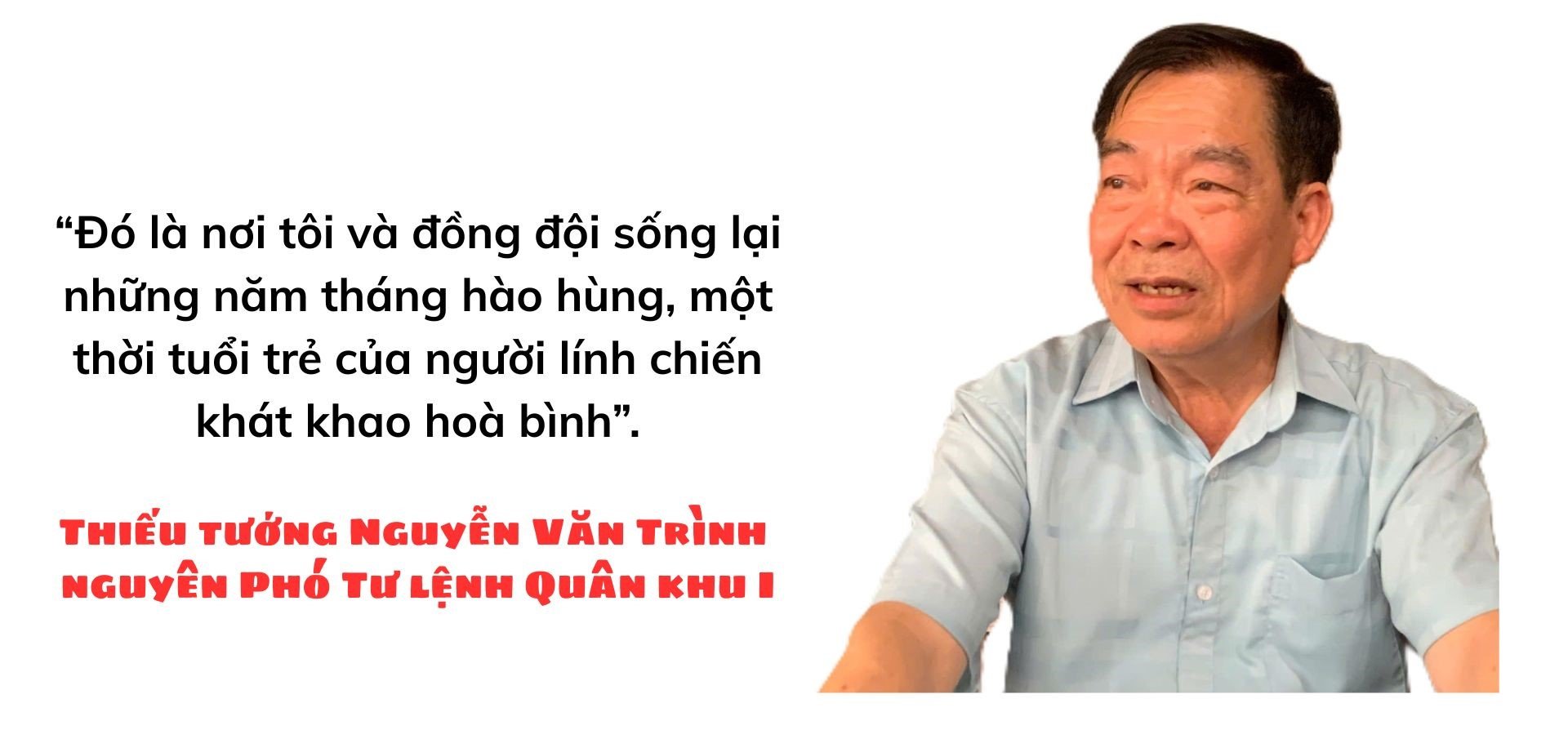 |
Recalling his youth, Mr. Trinh has countless stories and memories. Among them, the memory of the battle at Point 638, Cay Rui Mountain, An Khe Town, is still imprinted in his mind like a fiery, painful yet proud slice. He said: In 1972, at the height of the resistance war against the US, his unit was Battalion 12, Division 3, Military Region 5, assigned the dangerous mission: cutting off Route 19, the enemy's vital supply line; at the same time, coordinating with the Central Highlands battlefield, holding back the South Korean Tiger Division, not allowing them to retreat to rescue the Northern Binh Dinh front.
“Cay Rui Mountain is like a hill that can eat fire, red with bombs and bullets day and night” - he said, his distant eyes still seeing the acrid smoke from the bloody days. Our soldiers fought hand-to-hand in harsh conditions, guns in hand, blood mixed with dirt and rocks. Some squads fought to the last man, some soldiers fell to the edge of the trench but still did not put down their guns.
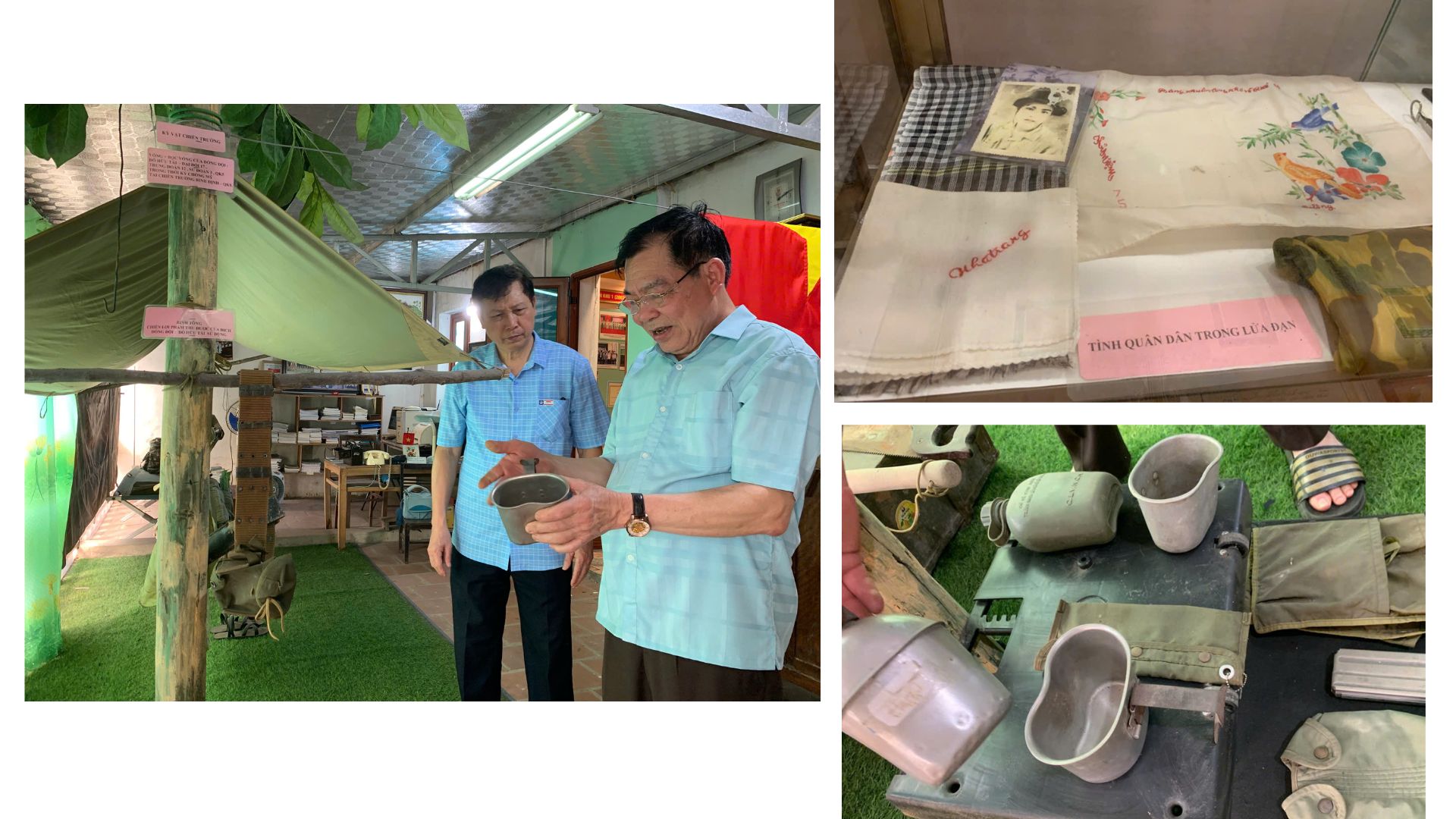 |
| Miniature museum at the home of Major General Nguyen Van Trinh. |
In just 18 days and nights of fierce fighting, his unit killed and wounded hundreds of enemies, shot down many planes, and destroyed dozens of military vehicles, including tanks and armored vehicles. However, it was also an unequal battle, as our troops faced off against elite forces with strong firepower and support from the US Air Force. Our side also suffered many losses, and many comrades remained in the jungle forever…
 |
Mr. Tran Duc Liem, a former engineer of the 7th Engineer Regiment, Central Highlands Front Command (B3), was on reconnaissance and road-clearing missions to participate in the Southern Central Highlands Campaign and the historic Ho Chi Minh Campaign. Returning to civilian life, he is a war invalid and a victim of Agent Orange.
Asked about memorable memories, he sadly said: In the midst of the fierce battlefield of the Central Highlands, logistics was not only the business of the command, but also the responsibility of each soldier. Here, there was a special rule that those who had experienced it would always remember: Each soldier had to plant 500 cassava roots. Cassava was planted all over the fields and forests, not only to feed his own troops, but also to supply his comrades marching through the liaison route. Whoever pulled up a cassava plant to eat had to personally plant another one for the next person.
Also on that battlefield, before each major battle, the brothers organized activities, reviewing the days of hunger, oppression, and hardship. “Not to complain,” he said, “but to arouse hatred, to remember why we held guns. That feeling helped us to be more steadfast when we went into battle.” When entering the fierce battlefield, no one thought much. They only knew how to obey orders, considering the completion of the mission as sacred, above all else.”
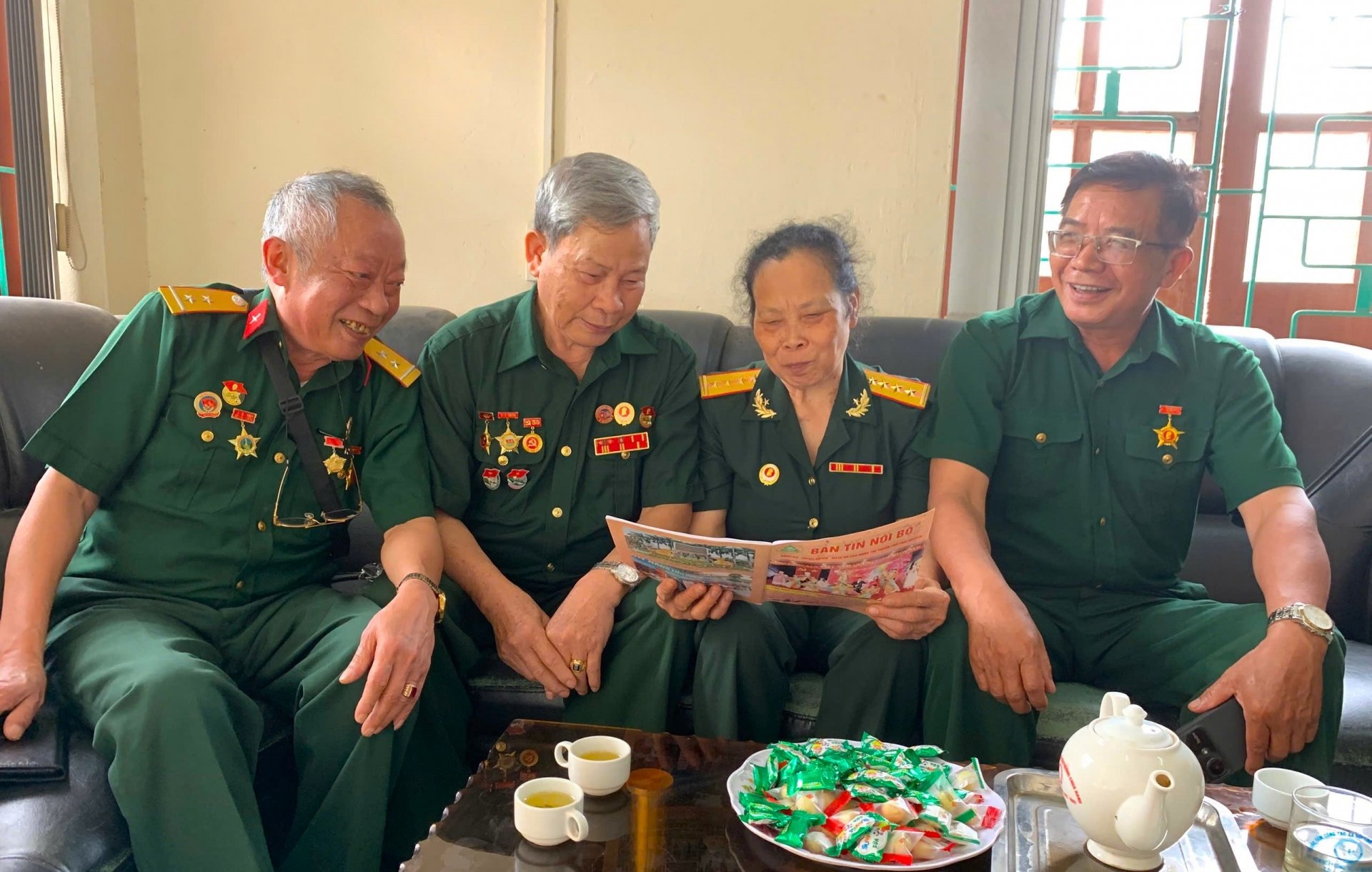 |
| Veterans in the Liaison Committee of soldiers participating in the Ho Chi Minh Campaign in Thai Nguyen province recall the heroic period. |
Unlike the male soldiers who carried guns directly into battle, during the years of fighting against the Americans, many women quietly carried out the task of transporting food and weapons on the Truong Son route. Ms. Le Thi Duong, a former soldier of Group 600, Truong Son Corps 559, was only in her twenties at the time. She was small but resilient, carrying rice and ammunition for months on end through the forest roads.
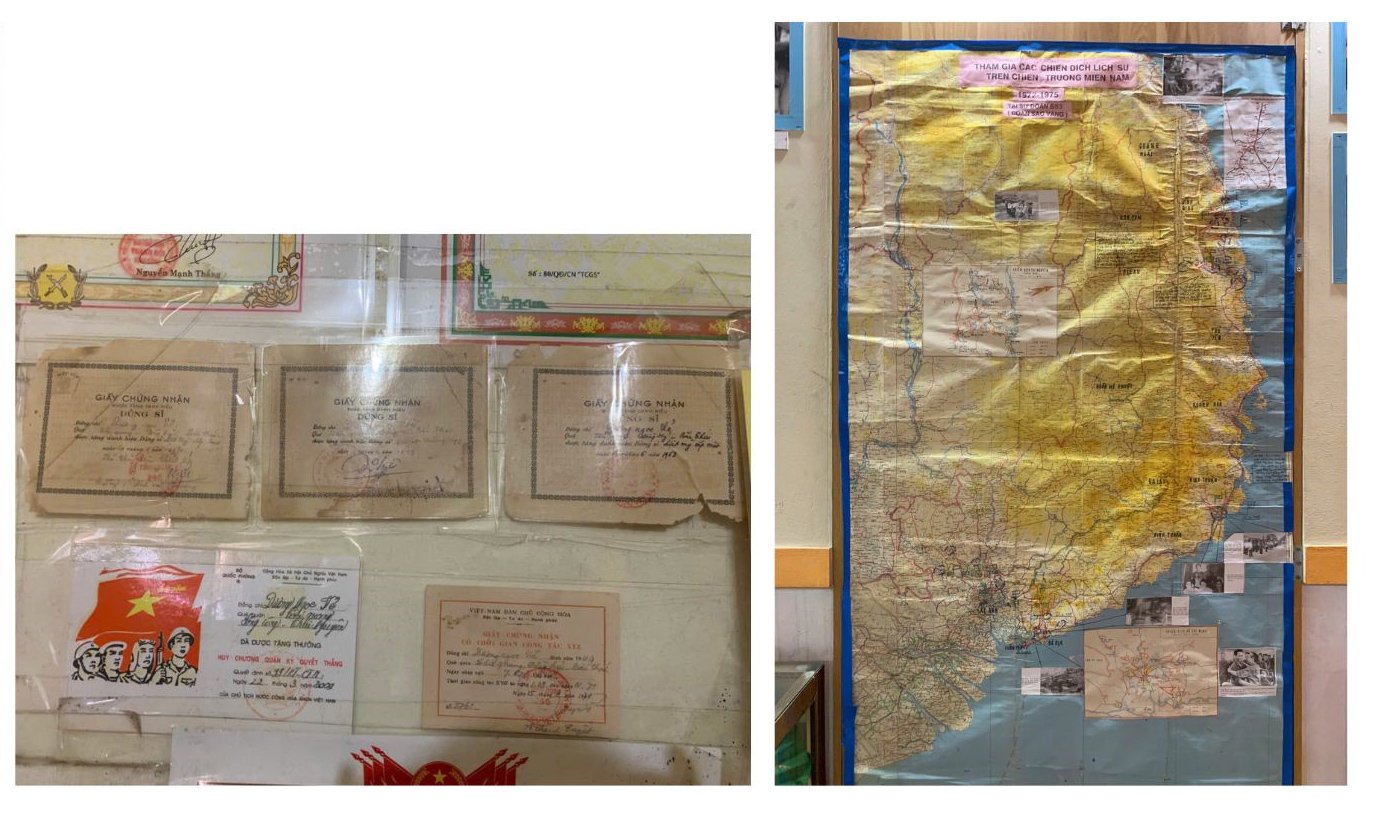 |
Every day, she and many other teammates had the task of clearing trees and clearing roads to bring military supplies into the South to prepare for the General Offensive and Uprising in the Spring of 1975. Hunger, combined with the erratic weather of rain and sunshine in the Central region, and the coldness of the rainy nights in the jungle, made it impossible for her and her teammates to avoid persistent malaria...
She still vividly remembers the heartbreaking memory of a river transport trip years ago… The anchor rope broke in the strong current, and the boat loaded with food and weapons was swept away. Ten of her teammates went missing, never to return…
 |
Joining the heroic flow of memories of the nation, Thai Nguyen, the land of Steel, contributed a lot of human and material resources to the resistance war against the US to save the country. During the war years, more than 43,800 Thai Nguyen children went to fight and serve in combat. Among them, more than 10,000 people heroically fell, dedicating their youth to the Fatherland. Each number is not just a dry statistic, but is flesh and blood, tears, countless homes without loved ones, countless mothers seeing their children off but never being welcomed back...
 |
Mr. Hoang Ngoc Hoa, Chairman of the Provincial Veterans Association, shared: During the resistance war against the US to save the country, each locality and each citizen were clearly aware of their sacred responsibilities and obligations. Some went directly to fight, some stayed behind, ready to give up their houses and properties to serve the training work, receive weapons and food, and send troops to the South to liberate the country. Everyone carried within them a spirit: to devote their human and material resources for the independence and freedom of the nation."
 |
In recognition of the contributions of the Party Committee, government and people of all ethnic groups in Thai Nguyen province, the Party and State have awarded many noble titles: Ho Chi Minh Medal, Independence Medal, Labor Medals of First, Second and Third Class; 83 collectives and 17 individuals were awarded or posthumously awarded the title of Hero of the People's Armed Forces, 579 mothers were awarded or posthumously awarded the title of Heroic Vietnamese Mother. Thai Nguyen has contributed to the entire nation in fulfilling the glorious mission of completely liberating the South, opening a new era for the nation.
 |
No probability problem, no "theorem" can measure the sacrifices of the previous generation to gain peace and independence for the country. Russian poetess Olga Bergon once wrote: "No one is forgotten, nothing is forgotten". I believe that the source of history will last forever in future generations. Just as the memories of war are still smoldering in the hearts of old soldiers, in every story they tell, every souvenir they preserve as if to keep the sacred flame of the nation's soul.
 |
Source: https://baothainguyen.vn/multimedia/emagazine/202504/nhung-nguoi-giu-ky-uc-cua-non-song-570015e/



![[Photo] President Luong Cuong presents the decision to appoint Deputy Head of the Office of the President](https://vphoto.vietnam.vn/thumb/1200x675/vietnam/resource/IMAGE/2025/5/8/501f8ee192f3476ab9f7579c57b423ad)
![[Photo] General Secretary To Lam begins official visit to Russia and attends the 80th Anniversary of Victory over Fascism](https://vphoto.vietnam.vn/thumb/1200x675/vietnam/resource/IMAGE/2025/5/8/5d2566d7f67d4a1e9b88bc677831ec9d)
![[Photo] Prime Minister Pham Minh Chinh meets with the Policy Advisory Council on Private Economic Development](https://vphoto.vietnam.vn/thumb/1200x675/vietnam/resource/IMAGE/2025/5/8/387da60b85cc489ab2aed8442fc3b14a)
![[Photo] National Assembly Chairman Tran Thanh Man chairs the meeting of the Subcommittee on Documents of the First National Assembly Party Congress](https://vphoto.vietnam.vn/thumb/1200x675/vietnam/resource/IMAGE/2025/5/8/72b19a73d94a4affab411fd8c87f4f8d)
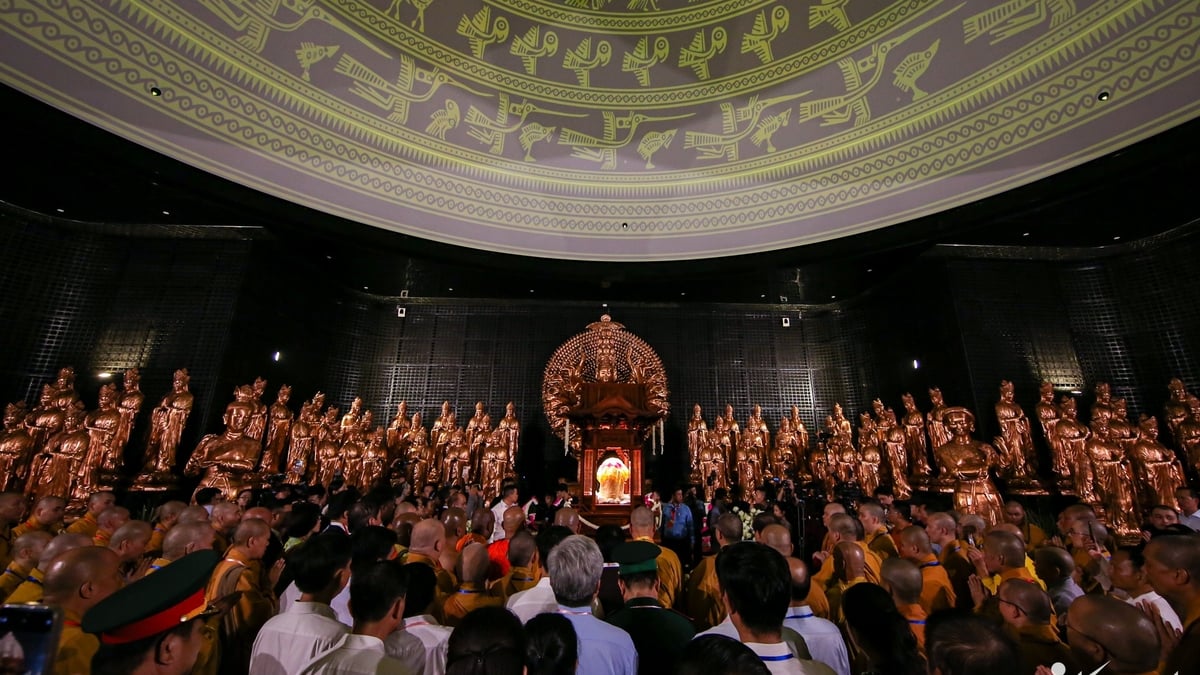
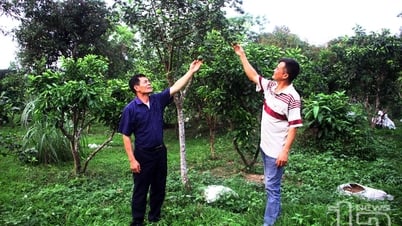
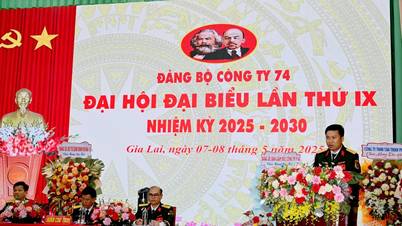
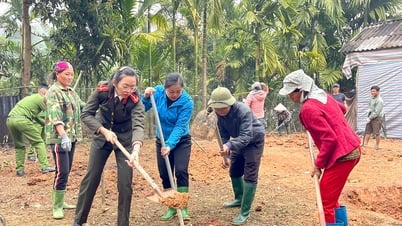
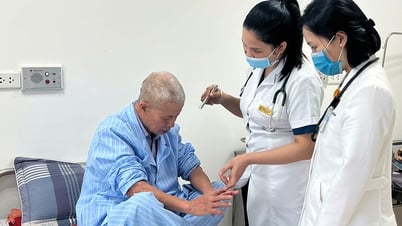
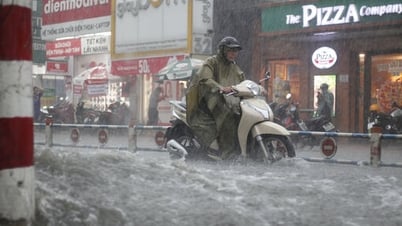
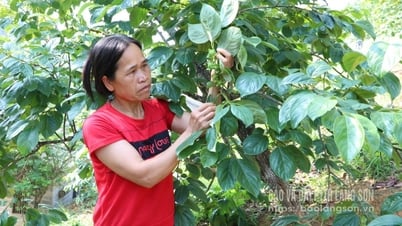




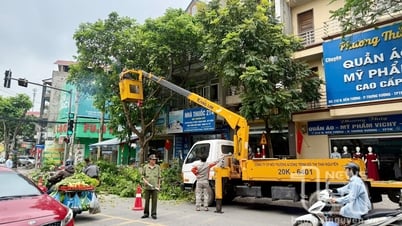

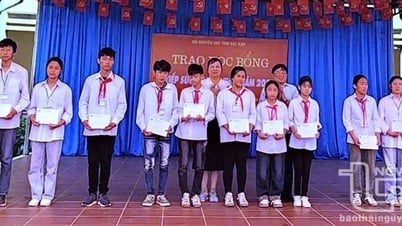
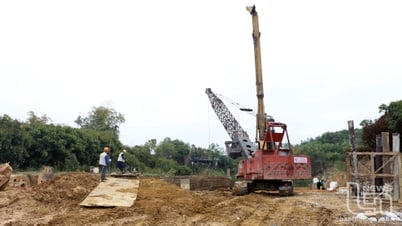

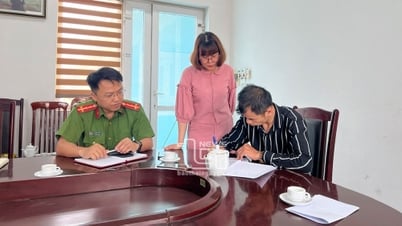










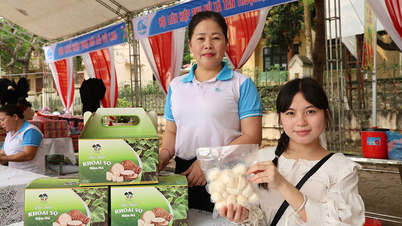


















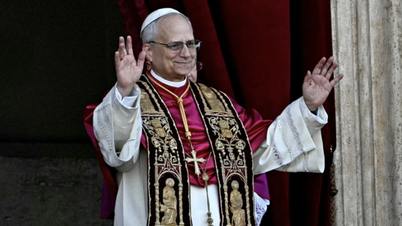



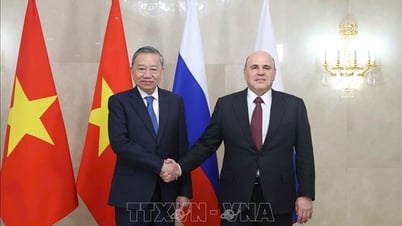
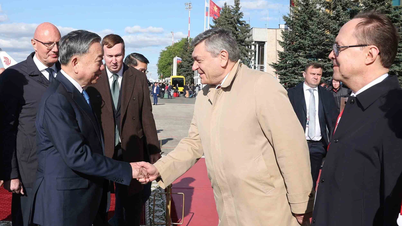












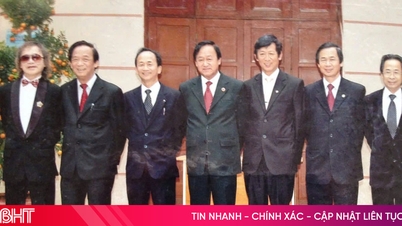



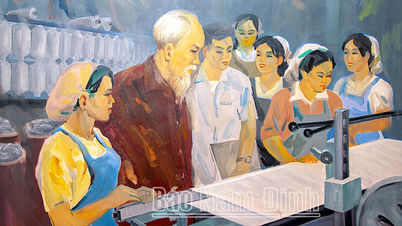
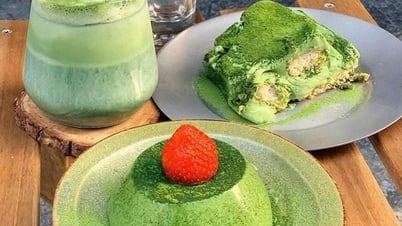















Comment (0)